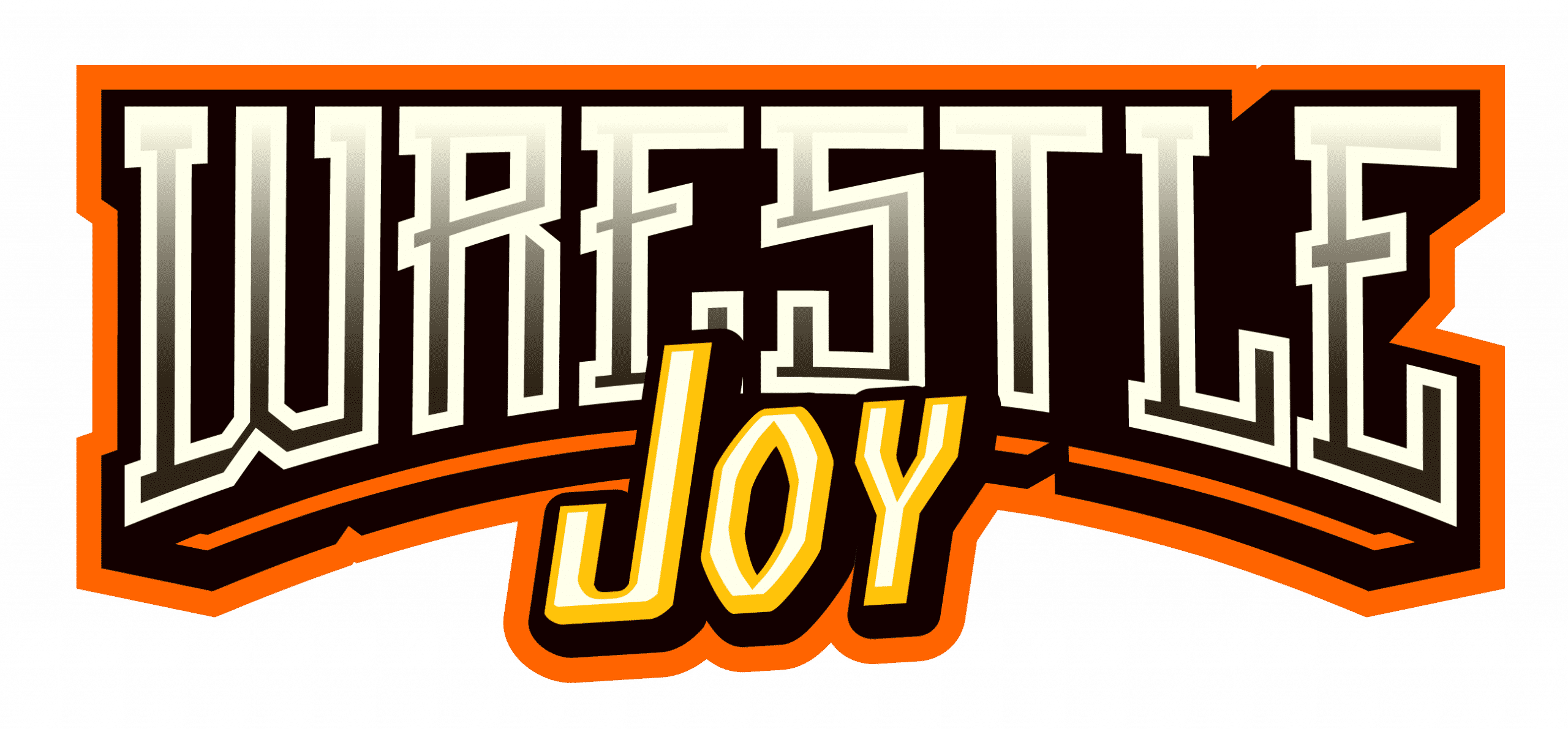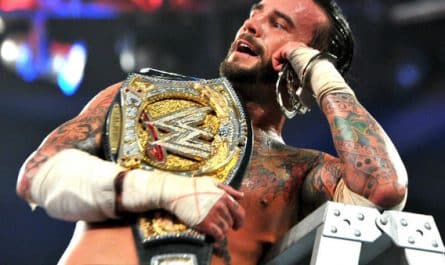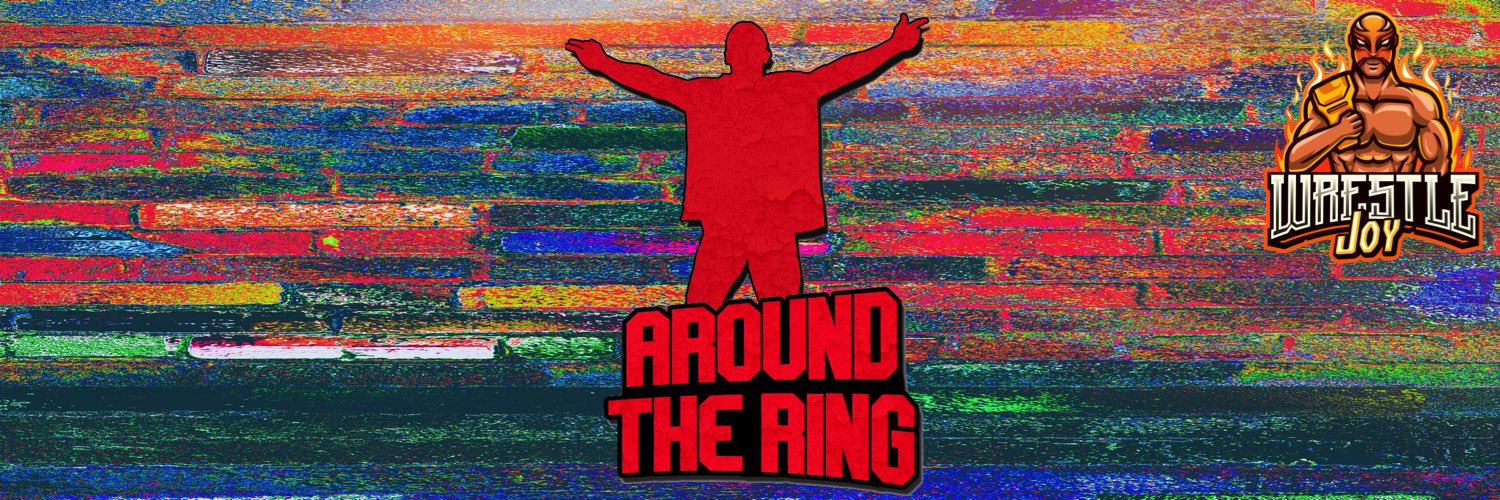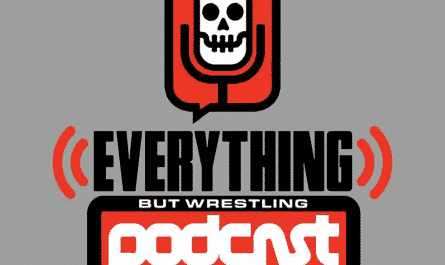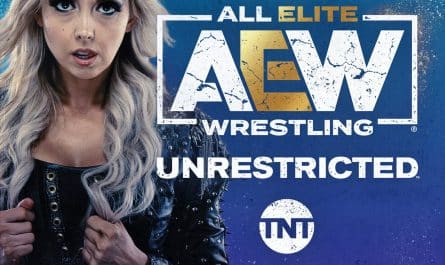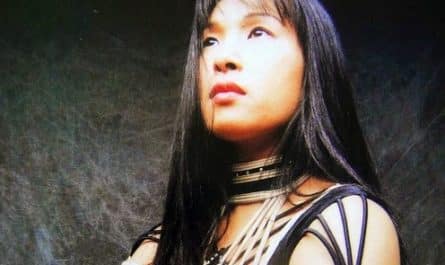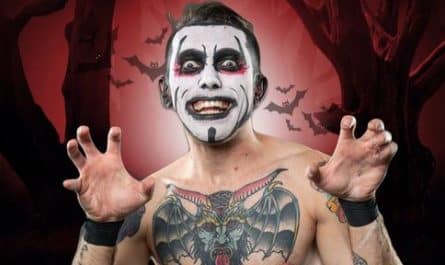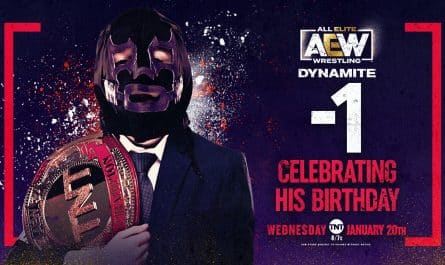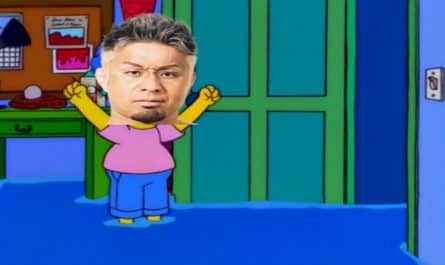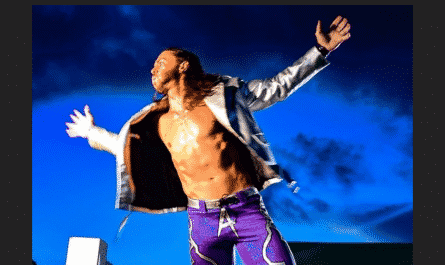The current world climate provided me more spare time than ever before and very little to fill that spare time with. Whilst NJPW was out of action due to Covid-19 earlier this year, I started to dip my toes in the NJPW World archives. I began my journey by watching matches from names I knew of but had rarely actually seen wrestle. Names like Antonio Inoki (why does he hit the ropes so strangely?!), Stan Hansen, Riki Choshu and Shinya Hashimoto.

I quickly tapped into the feeling that anything can happen when watching these older matches. Every match is a time capsule to an era when kayfabe was in full power, evident through the deafening crowds and the intricacies of a wrestler’s performance. With little understanding of who wrestlers were or what their moves were, I was reliant on the crowd reaction and it drew me instantly in.
The difference between the 1990s and now is astounding and it cannot be imitated. It’s remarkable what the wrestlers could do and the chaos they could unleash. When Stan Hansen hits the ring it’s everyone for themselves! The mad man barrels to the ring swinging his bullrope with reckless abandon, uncaring if he hits a cameraman, a fellow wrestler or even the audience! If you’re not wise enough to literally run away from the barriers when Hansen is making his entrance then prepare for the consequences. Play stupid games, win stupid prizes.
One moment that sticks out is Bruiser Brody charging through the box seats in Ryogoku Sumo Hall after a match with Antonio Inoki. The entire crowd scatters, running for safety whilst a few brave souls throw their seat cushions at him. One unfortunate fan falls victim to a clubbing back blow. Legend says he still has the bruise to prove it.
The NJPW World archives led me to Kensuke Sasaki vs Toshiaki Kawada and I was welcomed into a whole new world I was aware existed but foolishly never took the time to look into – 1990s All Japan Pro Wrestling. The legacy surrounding AJPW in the 1990s is otherworldly. Fans of that time period will vehemently declare it to be the best time in wrestling history and it is difficult to argue.
The Four Pillars of Heaven were paramount to the success of 90s AJPW; Mitsuharu Misawa, Toshiaki Kawada, Kenta Kobashi and Akira Taue. From 1995 to 1999 the top title in AJPW would change hands eight times exclusively between these four men. Kobashi and Kawada stick out as my personal favourites.
Kobashi looks like he is an anime fighting character come to life, his preposterous body proportions a marvel to behold. His machine gun corner chops that he can inexplicably do non-stop for minutes despite being exhausted are wicked. To top it all off he has one of the most magnificent moonsaults of all time, simply breath-taking to see this behemoth of a man fly so gracefully through the air. I’d be remiss to not mention the Burning Hammer, a move so dangerous that Kobashi only unleashed it seven times in his 25 year career. It always guaranteed victory.
Then there’s Kawada, a permanent scowl across his face and the best backdrop of all time. It’s a move we today see Kawada’s student Taichi execute, now dubbed the “Dangerous Backdrop”. Although called a backdrop, the emphasis of the lethal impact is entirely on the neck and head. It’s always a shock to the system to see Kawada dumping people directly on their necks with seemingly little care. For the incredible badass that Kawada was, there’s a specialness in how he succumbs to his opponents offense that draws you in like very few wrestlers can, taking a big move and getting back up only to stumble to the mat. Katsuyori Shibata and Tomohiro Ishii are known for doing something similar but there’s a uniqueness to how Kawada does it. On rare occasion the vicious maverick would throw a right hand punch, dropping his opponent instantly, his dominant attitude prominent.
The AJPW matches involving the Four Pillars are truly some of the best wrestling you will ever see. There’s a raw feel to it that cannot be copied, a product of its time. The grainy videos, the onslaught of colourful streamers, the super slow-motion replays after the match is finished. Vintage perfection.
The calibre of wrestling has seldom been equalled since. A 1994 match between Misawa and Kawada was awarded 6 stars by Dave Meltzer in the Wrestling Observer Newsletter, a feat that wouldn’t be matched until Kazuchika Okada and Kenny Omega met for the first time in 2017.
There are few things in wrestling that I love more than a meaty lariat. When the recipient takes the full destructive power and is shot straight to the mat. Stan Hansen’s Western Lariat is revered as the best lariat of all time but Kobashi’s Burning Lariat is something to behold. Having grown up watching WWE and being accustomed to clotheslines being rather unassuming, seeing matches won with lariats that knock heads clean off is something I will never tire from.
The top title, the AJPW Triple Crown Heavyweight Championship, is glorious. The three belts that make the Triple Crown are entrenched in the deepest wrestling history, dating back to Lou Thesz and Rikidōzan in 1957. And if three belts wasn’t enough to flaunt, the winner of a title match would also be given a gigantic trophy to hoist!
The catalogue of old wrestling matches is never ending and it has vastly enriched my knowledge and my love for Japanese wrestling. NJPW have always made their history an important part of their present, from the video package showing all the previous IWGP Heavyweight Champions to the commentators acknowledging other promotions and pulling interesting trivia from the past.
As much as this has been an excuse for me to gush about Kenta Kobashi’s popping pecs, I wanted to shed a light on the treasure trove that is the archives of wrestling. NJPW is more popular among English speaking fans than it has ever been but there are rich libraries of classic matches waiting for you to discover them that transcend what we can possibly see today. Whether you visit the backlogs of NJPW, branch out to AJPW or look back at the golden days of WWE, it’s impossible to not find something that will grip you.
The next time the present of wrestling has you feeling down, take a trip to the preserved past. Seek out a Mitsuharu Misawa match and learn why he has more 5 star matches than anybody else in history. See fans meet their untimely doom when Hansen or Brody march to the ring. Watch a Kobashi match and be both amazed and perplexed at how such a man can exist.
